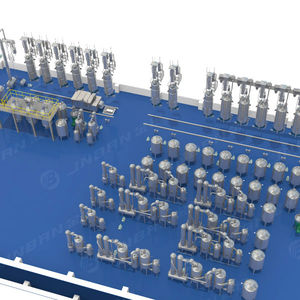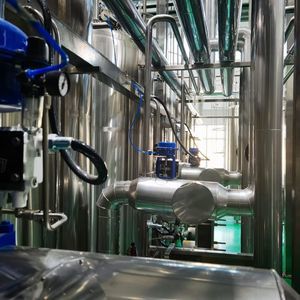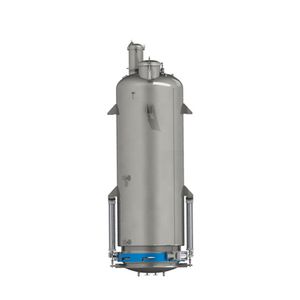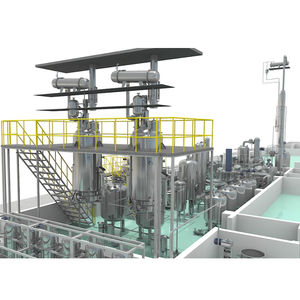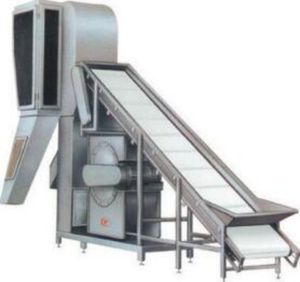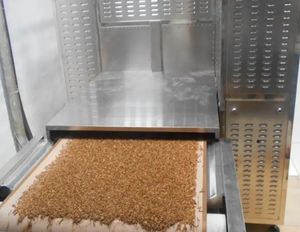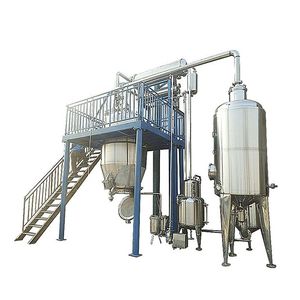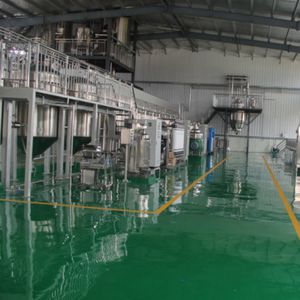
- Production Machines
- Other Manufacturing Equipment
- Industrial paint production line
- Wenzhou Jinbang Light Ind Machinery Co., Ltd
- Company
- Products
- Catalogs
- News & Trends
- Exhibitions
Industrial paint production line JBNGD-30cigarettefor chemicalstobacco

Add to favorites
Compare this product
Characteristics
- Finished product
- for industrial paint, cigarette, for chemicals, tobacco
- Other characteristics
- automatic, continuous, high-speed, modular, flexible, PLC-controlled, with touch screen, folding, ultrasonic, with mixer, for laboratories
- Sector
- for the food industry, for assembly lines, medical, for the pharmaceutical industry, for the chemical industry
Description
Introduction:
Nicotine extraction is a critical process in the production of nicotine products, such as e-liquids for vaping, nicotine patches, and gum. This process involves isolating nicotine from its natural sources, primarily tobacco leaves.
Raw Materials:
1. Tobacco Leaves:*The primary source of nicotine, selected for their high nicotine content.
2. Solvents:** Common solvents used include #6 Solvent water, and other organic solvents.
3. Acids and Bases:** Used to adjust pH levels during extraction.
Extraction Process:
1. Primary Extraction:
- Solvent Extraction:*The ground tobacco leaves are mixed with a #6 Solvent . This mixture is agitated to facilitate the transfer of nicotine from the leaves to the solvent.
- Filtration:The mixture is filtered to separate the liquid (nicotine-rich solvent) from the solid residue (spent tobacco leaves).
2. Purification:
- Liquid-Liquid Extraction:** The nicotine-rich solvent is subjected to liquid-liquid extraction, where it is mixed with a second solvent that preferentially dissolves nicotine. This step helps to further concentrate the nicotine.
- pH Adjustment:** The pH of the solution is adjusted using acids or bases to convert nicotine into its freebase or salt form, depending on the desired final product.
3. Distillation:
- Solvent Removal: The solvent is removed through distillation, leaving behind a concentrated nicotine solution.
- Fractional Distillation:The concentrated nicotine solution is further purified using fractional distillation, which separates nicotine from other impurities based on differences in boiling points.
VIDEO
Catalogs
No catalogs are available for this product.
See all of Wenzhou Jinbang Light Ind Machinery Co., Ltd‘s catalogsOther Wenzhou Jinbang Light Ind Machinery Co., Ltd products
SOLUTION
Related Searches
- Production machine
- Automatic making machine
- Laboratory-scale reactor
- Process reactor
- Continuous production machine
- Food production line
- Pressure reactor
- Processing plant
- High-speed production machine
- Steel reactor
- Chemical reactor
- Stainless steel reactor
- Reactor for the pharmaceutical industry
- Flexible production machine
- Stirred-tank reactor
- High-temperature reactor
- Continuous-flow reactor
- Modular production line
- Multiple reactor
- PLC-controlled making machine
*Prices are pre-tax. They exclude delivery charges and customs duties and do not include additional charges for installation or activation options. Prices are indicative only and may vary by country, with changes to the cost of raw materials and exchange rates.






